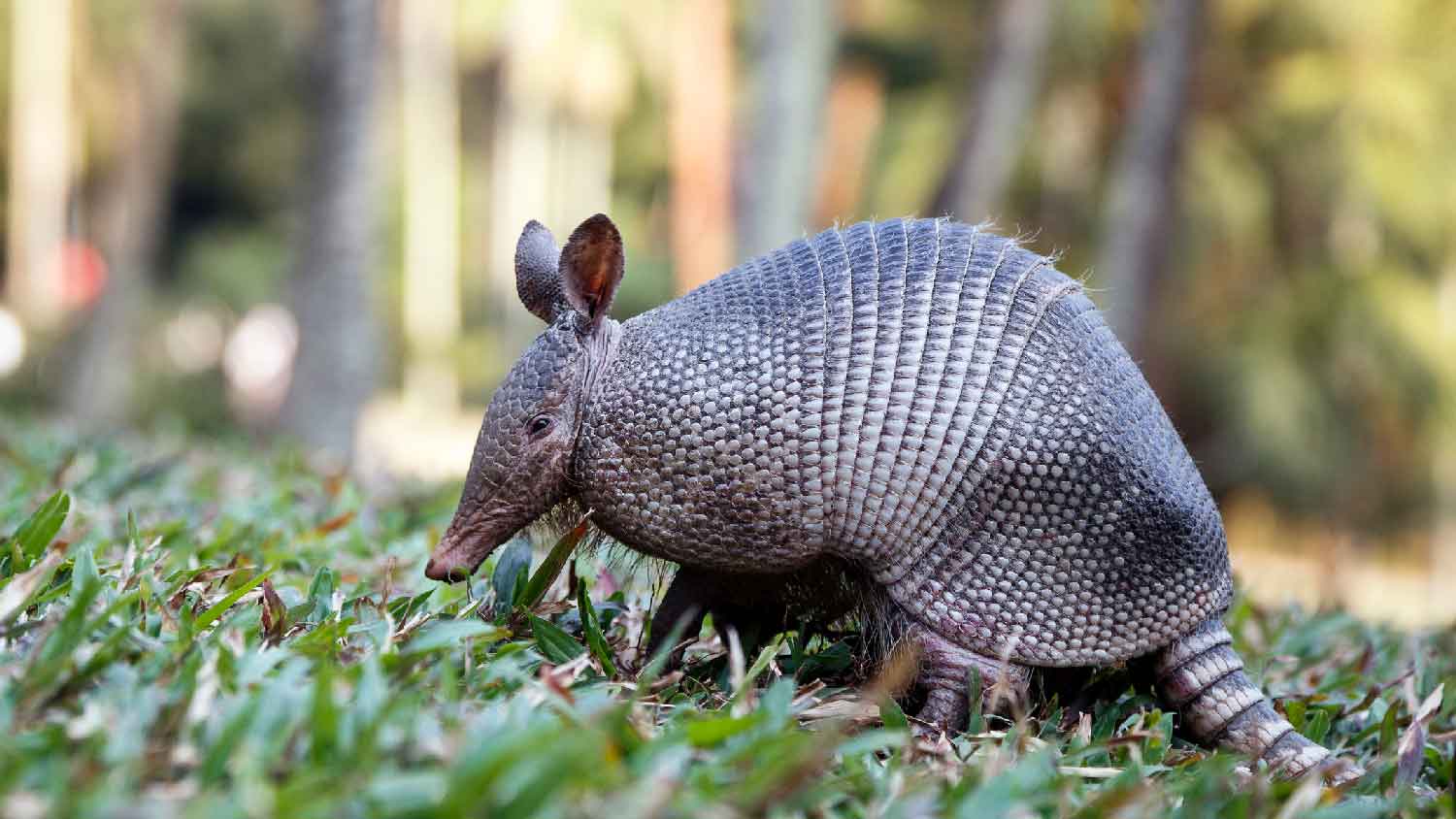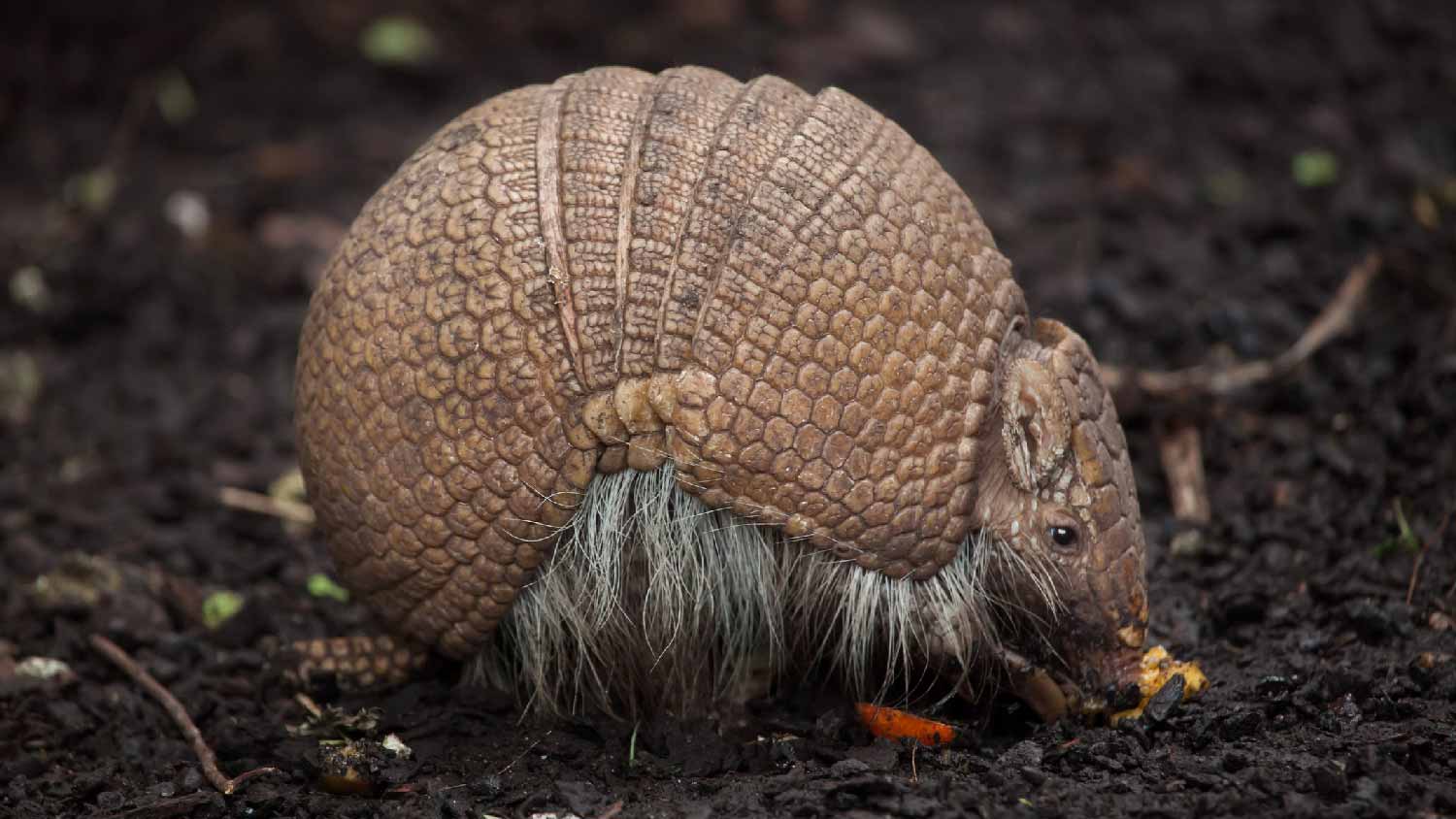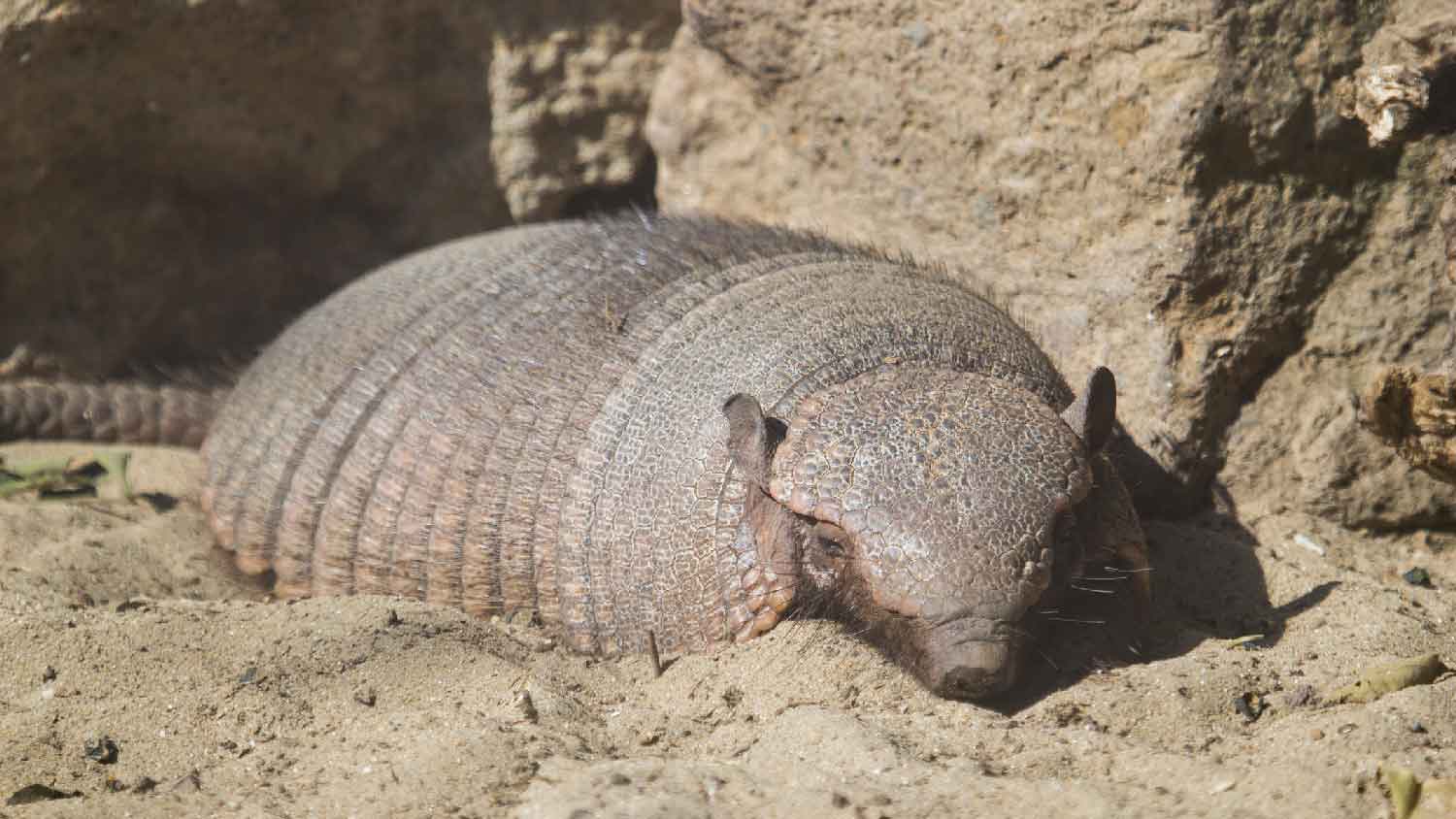
When budgeting for possum removal costs, consider number of animals, location, method of removal, and whether you do it yourself or hire a professional.
Nature’s little armored gardeners aerate the soil and keep pests at bay


Armadillos are fascinating, with their unique armored bodies and roots that trace back to prehistoric times. These distinctive mammals are native to the Americas, first appearing in South America during the Cenozoic Era. Here are the common types of armadillos, including their habitats and environmental impacts.
| Armadillo Type | Characteristics | Location |
|---|---|---|
| Nine-banded | Common, widespread | Southeastern and southcentral U.S. |
| Pink fairy | Small, delicate pink | Argentina |
| Seven-banded | Long snout | Brazil, Argentina, Paraguay |
| Three-banded | Rolls into a ball | Brazil, Argentina, Bolivia |
| Giant armadillo | Largest with powerful claws | Venezuela, Paraguay, Argentina |

The nine-banded armadillo is easily recognizable by its rugged, protective shell with nine movable bands for bending. These creatures are roughly the size of a large house cat, measuring over 2 feet long with their tails and weighing 8 to 17 pounds.
This armadillo has sturdy legs with sharp claws for digging. It uses its pointed snout and keen sense of smell to find insects and other invertebrates. Despite their armored appearance, these critters are agile and can move up to 30 miles per hour in short bursts when threatened.
The nine-banded is the only species of armadillo in the United States. It is mainly found in the southeastern and south-central states, including Texas, Florida, Louisiana, and Georgia, but due to its adaptability has extended its range north to Missouri and Tennessee.
While typically living in wild areas, these armadillos have adapted to suburban neighborhoods and city outskirts, foraging in gardens and landscaped areas. They avoid human contact and are mostly nocturnal, reducing the chances of encounters.
These armadillos prefer living alone, except during the breeding season or when mothering their young. However, they create extensive burrow systems with multiple entrances and exits, which can cause significant damage to your garden or lawn as they dig for insects, creating holes and uprooting plants. Conversely, they provide benefits by controlling insect populations.
Armadillos can carry diseases such as leprosy, though transmission to humans is rare. Nevertheless, if you are wondering how to trap armadillos on your property, you should avoid directly handling these creatures. Hire a local animal removal service to deal with your situation humanely and according to local wildlife regulations.
Pink fairy armadillos are the tiniest species and are considered very rare. This petite armadillo is roughly the same size as a hamster, measuring up to 6 inches and weighing around 3.5 to 4.2 ounces.
Its unique appearance features a pink, shell-like back covering most of its body. Its hue changes based on temperature—it is paler in cool weather and more vibrant in hot environments.
This distinctive type of armadillo has a soft and furry yellowish-white underside. The creature also has huge digging claws, considering its size, which allow it to burrow quickly in sandy or loamy soil.
Found solely in central Argentina, the pink fairy armadillo primarily inhabits dry grasslands and sandy plains. This type of armadillo does not inhabit human-populated areas, making sightings extremely rare and primarily limited to remote regions. The animal is also considered an at-risk species.
The pink fairy armadillo is primarily nocturnal and highly elusive. It spends most of its time underground, using its strong claws to burrow quickly through soil, creating intricate tunnel systems where it seeks shelter and hunts for food. Pink fairy armadillos feed on ants, larvae, other small insects, worms, and plant matter.

The seven-banded armadillo is known for its long, flattened stout and seven movable bands on its back, which provide flexibility and protection. The overall coloration tends to be a mix of brown and gray, helping it blend into its natural environment.
This species is slightly smaller than the nine-banded armadillo at 16 to 20 inches long and 3 to 6 pounds. Despite its smaller size, it retains the strong digging claws and keen sense of smell characteristic of armadillos, aiding in its search for food and burrowing.
The seven-banded armadillo calls savannas, forests, and grasslands of South America home, particularly in Brazil, Argentina, and Paraguay. They prefer areas with loose, sandy soil, perfect for their burrowing habits.
Although they prefer the wild, you might occasionally spot them near agricultural lands and rural areas. They steer clear of densely populated places, favoring more secluded spots where they can dig and forage in peace.
Seven-banded armadillos create interconnected burrows with tunnels leading to a central den, which provides a cool retreat where they can sleep up to 16 hours daily.
These armadillos are primarily active at night or during the early morning and evening hours. They forage for insects and small creatures close to the ground, using their sharp sense of smell. When threatened, they quickly retreat to their burrows, pressing themselves against the entrance to create a barrier against predators.

The three-banded armadillo is a small species, measuring 9 to 14 inches and weighing up to 3.5 pounds. Its hard, dome-shaped carapace, composed of bony plates called scutes, ranges in color from yellow to brown. It contrasts with the sparse, yellowish-white hair that covers its underside.
Distinguished by three bands along their midsection, these armadillos curl into a ball for defense. Their unique defensive behavior makes them stand out among armadillo species.
Three-banded armadillos live in South America’s dry grasslands and scrub forests, specifically in Brazil, Bolivia, and Argentina. They are often found in remote regions, far from people and urban centers, though you may spot them near rural farmlands. They avoid direct interaction with humans, preferring secluded habitats.
Unlike other species, the three-banded armadillo does not dig its burrows. Instead, it inhabits abandoned burrows created by anteaters, taking advantage of these pre-existing underground shelters whenever it can access them. These insectivores dig up into the ground or nests to primarily eat termites and ants. They are also known to munch on ripe fruit.

The giant armadillo can grow up to 5 feet long, including its tail, and weigh 100 to 180 pounds, making it the largest of all armadillo species. They are mostly hairless and dark brown. Their curved claws are mighty, with the third one resembling a sickle nearly 9 inches long—the longest of any other mammal currently living.
The giant armadillo is a solitary and elusive animal rarely seen in the wild. They are native to South America, mainly inhabiting the Amazon basin and surrounding grasslands, stretching from northern Venezuela to Paraguay and northern Argentina. They thrive in undisturbed forests or savannas, particularly near water sources and far from people.
They are known to dig and reside in underground burrows, which offer safety from predators. Their burrows are large and deep to accommodate the armadillo's formidable size, showcasing its powerful digging skills.
When it's time to eat, they employ their long, adhesive tongues to retrieve insects from their tunnels and use their large, powerful claws to tear apart termite mounds.
Although they can damage your garden when they make their way to a residential area, armadillos are quite beneficial to their native environments. Eating ants and termites helps keep these insect populations in check, which is excellent for soil health. Their burrowing aerates the soil, allowing water to penetrate more easily and helping plants grow. Plus, when they abandon their burrows, other animals move in, which boosts biodiversity and keeps the ecosystem thriving.
From average costs to expert advice, get all the answers you need to get your job done.

When budgeting for possum removal costs, consider number of animals, location, method of removal, and whether you do it yourself or hire a professional.

When calculating fox removal costs, factor in whether you take a DIY approach or call in the pros, the number of animals involved, and the location.

Raccoons on your property can cause a lot of damage to your home and yard. This guide breaks down raccoon removal costs so you can budget accordingly.

Learn what the best baits for opossum traps are to help you remove a nuisance individual that is causing problems in your home or yard.

You don’t always have to call in the pros. This guide helps you learn how to get rid of possums humanely and keep them away from your home and yard.

Wondering how to get rid of squirrels in your yard without going nuts? Here’s what to know about keeping squirrels away from your walls, attic, and yard.